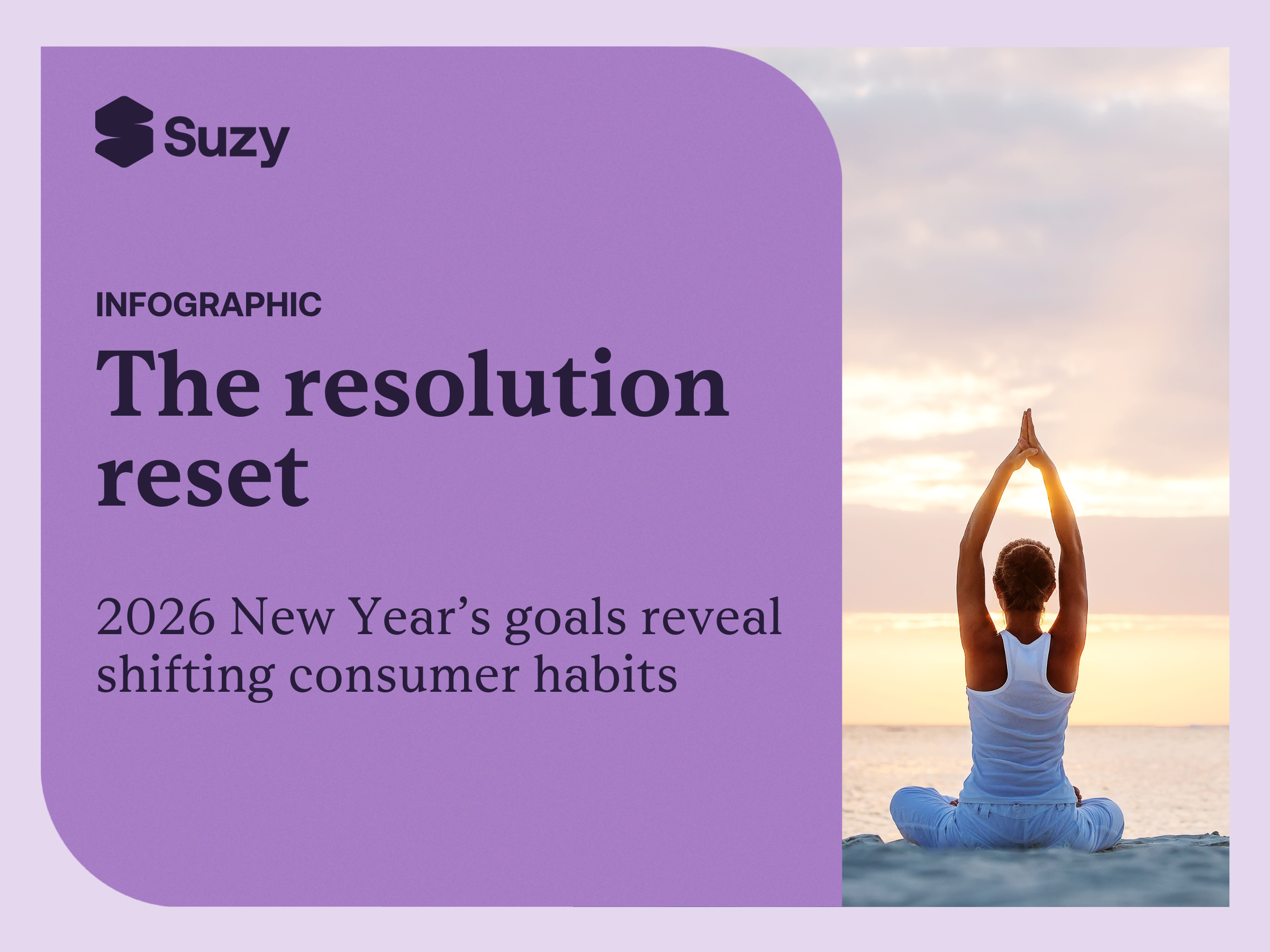What influences consumers to buy? What keeps them coming back for more? What will attract new customers? These are important questions to ask, and brands can get the answers through key drivers analysis.
This type of research identifies whether certain attributes can predict consumer behavior, like satisfaction or purchase intent. In this blog article, we’ll explore what key drivers are, how driver analysis works, and how it can help brands make the right business decisions.
What are key drivers?
Drivers are the factors that impact consumer behavior. There are many potential key drivers to consider, especially depending on the industry. Some examples of drivers include:
- Price
- Satisfaction
- Brand perception
- Availability
- Packaging
- Brand ethics
- Brick and mortar or ecommerce
There may be specific key drivers for certain categories, too. For example, some key drivers for beauty brands may include:
- Influencer recommendations
- Vegan/cruelty free
- Recyclable packaging
- Premium ingredients
- Prestige vs. down-to-earth branding
Simply put, key drivers influence consumer attitudes, motives, perceptions, satisfaction, and loyalty for brands or products.
Why brands should run key drivers analysis studies
It’s not always simple to ask consumers directly what motivates them to purchase from your brand, or why their loyalty is dropping off. Most consumer behavior is actually subconscious, which means consumers can’t accurately explain their own purchase behavior.
Key drivers analysis takes the guesswork out of this process. With this research, brands can make strong correlations between any attitudes and/or perceptions and the type of behavior you want to measure.
How key drivers analysis works
In a key drivers analysis study, respondents evaluate a series of statements. These statements may be psychographic, emotional, functional, brand-related, or category-specific. Here are a few examples of drivers analysis statements:
- Pyschographic: I consider myself a movie buff.
- Emotional: Watching a movie makes me feel energized.
- Functional: It’s important to me that I watch a movie on a big screen to fully enjoy it.
- Brand: [Brand] makes the best movies.
- Category: I enjoy all genres of entertainment.
Drivers analysis also requires a metric—your dependent variable. This is usually the behavior you’re trying to predict with your data, which is often satisfaction, loyalty, or purchase intent. In a drivers analysis study, the goal is to identify which statements correlate with your dependent variable.
A drivers analysis can be run as a standalone study. At Suzy, we also have drivers analysis built into our Dynamic Segmentation offering, which can help identify any unique drivers for your consumer segments.
Last words
To sum it up, key drivers analysis helps market researchers identify any subconscious attitudes, behaviors, and perceptions that drive consumer behavior. This type of research is key for brands that want to predict consumer behavior before it happens. With the data from a key drivers analysis study, you can make better business decisions for the metrics that matter, including purchase and customer satisfaction.
.webp)







